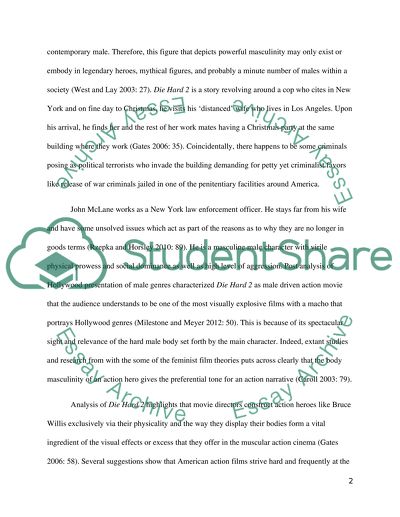Cite this document
(“Representation of Masculinity in Die Hard 2 Essay”, n.d.)
Representation of Masculinity in Die Hard 2 Essay. Retrieved from https://studentshare.org/visual-arts-film-studies/1452757-drawing-on-your-mulvey-and-neale-readings-as-well
Representation of Masculinity in Die Hard 2 Essay. Retrieved from https://studentshare.org/visual-arts-film-studies/1452757-drawing-on-your-mulvey-and-neale-readings-as-well
(Representation of Masculinity in Die Hard 2 Essay)
Representation of Masculinity in Die Hard 2 Essay. https://studentshare.org/visual-arts-film-studies/1452757-drawing-on-your-mulvey-and-neale-readings-as-well.
Representation of Masculinity in Die Hard 2 Essay. https://studentshare.org/visual-arts-film-studies/1452757-drawing-on-your-mulvey-and-neale-readings-as-well.
“Representation of Masculinity in Die Hard 2 Essay”, n.d. https://studentshare.org/visual-arts-film-studies/1452757-drawing-on-your-mulvey-and-neale-readings-as-well.


